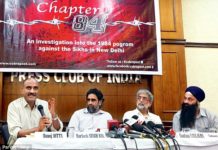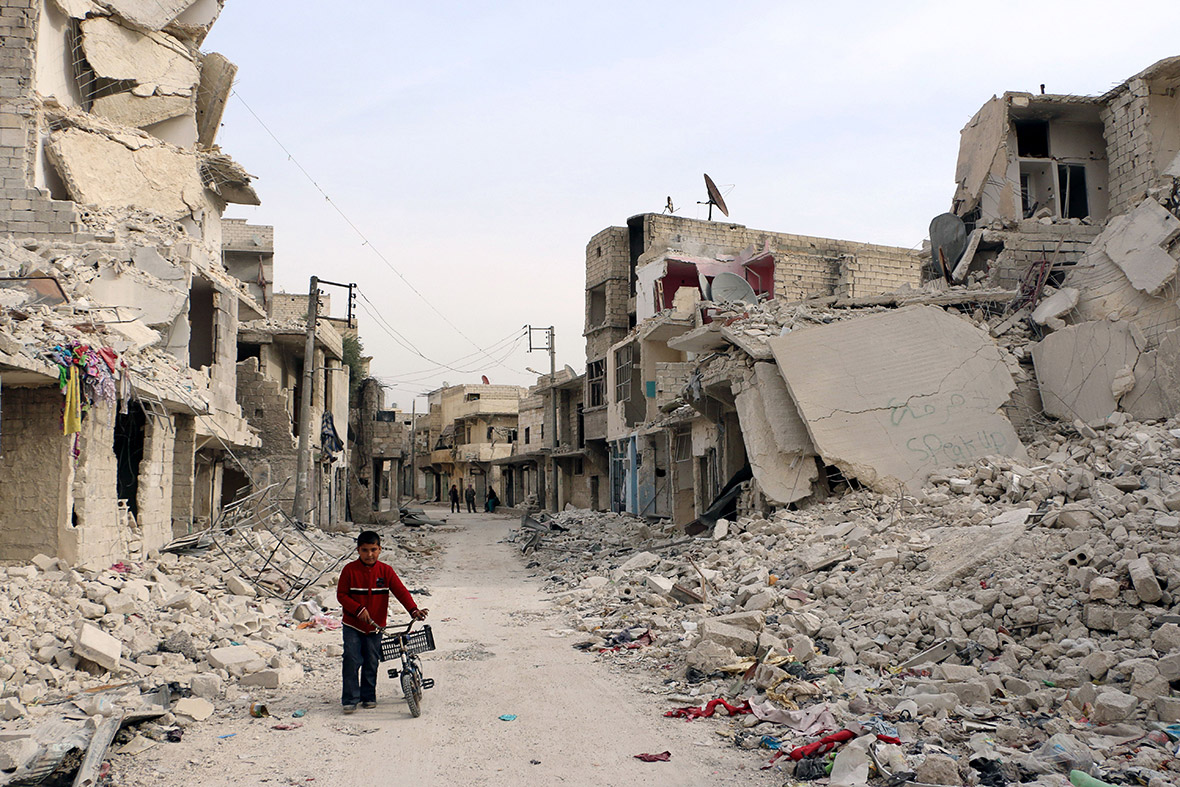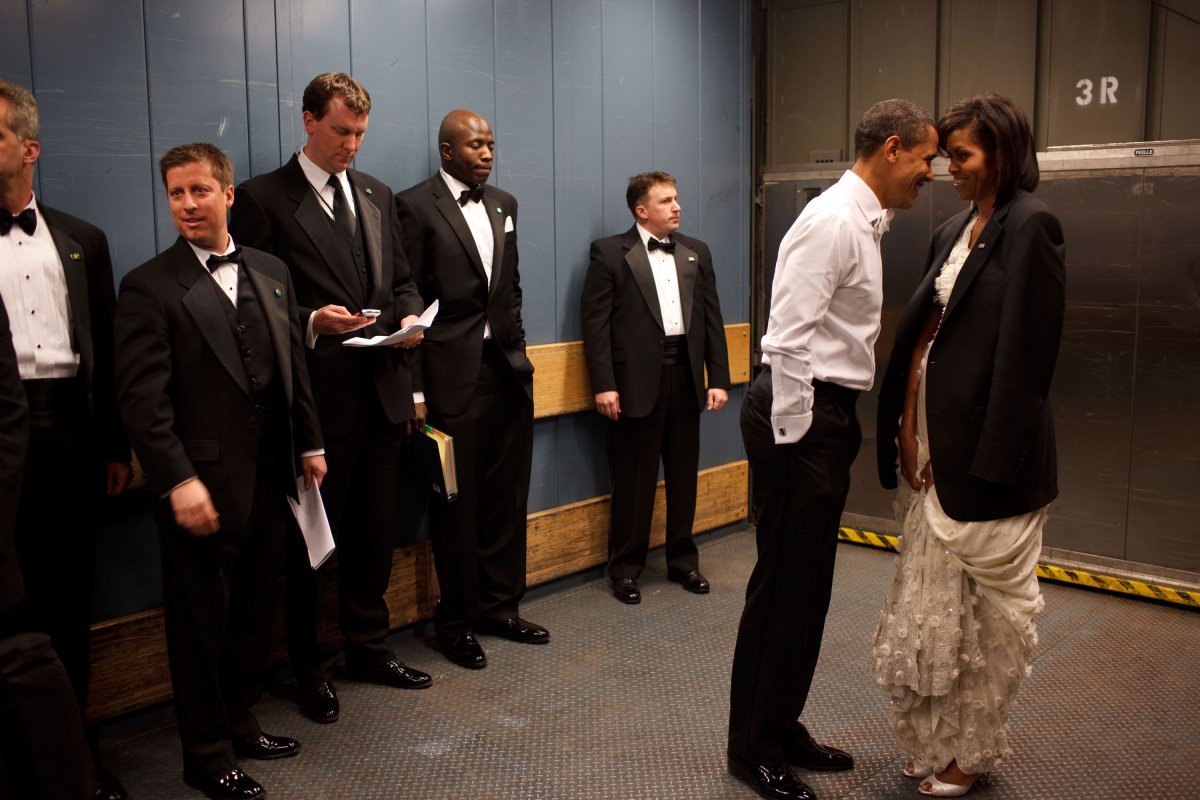Armed with origami paper cranes, a bunch of slum children from the city are telling the story of Sadako Sasaki, a 12-year-old girl who lost her life to radiation caused by the Nagasaki-Hiroshima bombing.
A range of paintings made by the children on the terror unleashed by the 1945 atomic bombings will be displayed at the Japan Foundation on August 9 to mark the 71st anniversary of the attack on Japanese soil.
“Sadako Sasaki, a Japanese girl was diagnosed with leukemia following exposure to radiation caused by the nuclear bombings at Hiroshima. It was her wish to fold 1,000 paper cranes to avert her death. But she could only make 614 cranes and passed away at the age of 12.
“Sadako has since become a symbol of peace. We have trained hundreds of MCD school students in Najafgarh along with the NGO Apne Aap Women Worldwide in making origami (Japanese paper folding technique) paper cranes. The 1,000 cranes made by them will be put on display at the Japan Foundation in the run-up to the anniversary,” says Aseem Asha Usman, founder of Aseem Asha Foundation.
Aseem Asha, who has been working with the underprivileged children of Jamia Nagar area since the past eight years, says the initiative was aimed at drawing the world’s attention to nuclear warfare and its perilous effects.
“Students are the future assets of the nation. It is crucial for them to know about the world affairs from a young age. The Hiroshima-Nagasaki bombing is not just the story of Japan’s destruction. It also showcases the resolve of a country that started from scratch and is one of the most developed nations of the world today,” he says.
Adeeba Saifi (16) and Farhana (19) are excited to exhibit their work on the life of Sadako and various other Japanese people who lost their dear ones and belongings in the war against America.
“I have drawn paintings based on the last moments of Sadako. The cranes she wanted to make and her aspirations as a young girl form the theme of my work,” says Adeeba, a class 12 student.
Farhana, a graduation student, will showcase five paintings based on Toshi Maruki’s book ‘Flash of Hiroshima’.
“Tomoko Kikuchi, a Japanese writer who translated the book into Hindi titled ‘Hiroshima Ka Dard’, gave us the idea to paint about the lives of those affected by the Hiroshima bombings. The book was very inspiring.
“We learnt a lot about the bombings and its perils after the interaction with the writer. Even a textbook could not have done justice to it,” she says.
Scenes from the Hiroshima-Nagasaki bombing sites, a broken watch depicting the time at which the atom bombs exploded, a young girl standing in front of her broken house- have been brought on the canvas by Farhana.
Kikuchi, who has made India her home since 1992, is known for her translated work in Hindi. She has translated several Japanese books including ‘Flash of Hiroshima’ (Hiroshima Ka Dard), ‘Town of Evening Calm’ (Neerav Sandhya Ka Shahar) and ‘Sakura No Kuni’ (Sakua Ka Desh).
The 46-year-old writer, who did her PhD from Jawaharlal Nehru University, is all set to launch her latest translated work at the Japan Foundation on August 9.
“‘Main Dhoondh Raha Hu’ is a compilation of 14 photographs taken at the Hiroshima Peace Memorial Museum in Japan. I have translated the Japanese book ‘Sagashiteimasu’ in Hindi. The photographs were taken by Tadashi Okakura. The book talks about those who lost everything to the atom bombings. It also contains a moving account by American poet Arthur Binard on the bombing victims,” she says.
‘Main Dhoondh Raha Hu’ is being brought out by Eklavya Publications.
Sourced from PTI, Featured image courtesy: www.fabiolaedavide.it
























